View all Standards for Georgia Performance Standards - Theatre Arts
TAHSA.CR.1 Organize, design, and refine theatrical work.
a. Use script analysis in the development and presentation of formal and informal theatre performances.
b. Examine various theories of dramatic structure.
c. Engage in and apply meaningful cultural, literary, and historical research to create acting choices or directorial concepts.
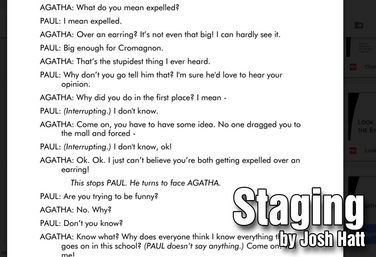
Part of the Technical Theatre Mini Units Curriculum
Staging
by Josh Hatt
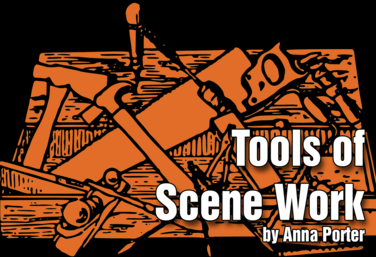
Tools of Scene Work
by Anna Porter
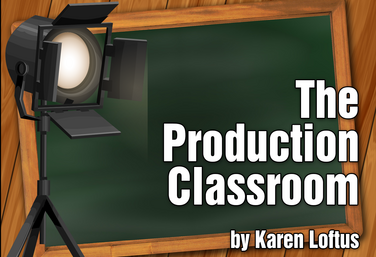
Part of the Production Classroom Units Curriculum
Production Classroom Units Overview
by Karen Loftus

Part of the Production Classroom Units Curriculum
Part One - Pre-Production
by Karen Loftus

Part of the Production Classroom Units Curriculum
Part Two - Rehearsal and Performance
by Karen Loftus

Part of the Production Classroom Units Curriculum
Part Two - Documents
by Karen Loftus

Part of the Production Classroom Units Curriculum
Part Three - Reflection and Assessment
by Karen Loftus
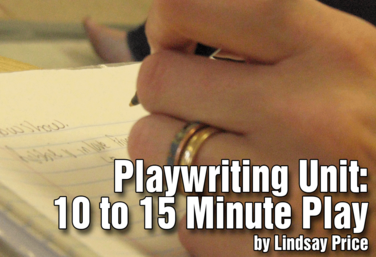
Playwriting Unit: 10 to 15 Minute Play
by Lindsay Price
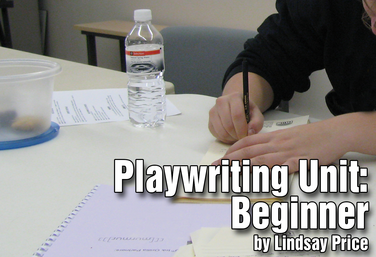
Playwriting Unit: Beginner
by Lindsay Price
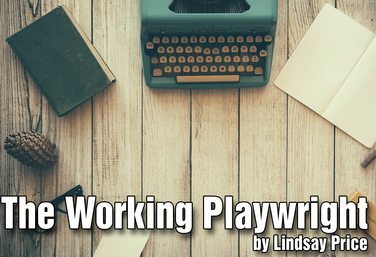
The Working Playwright *Hyperdoc
by Lindsay Price

The Actor in Transition: From Presentational to Three-Dimensional
by John Minigan
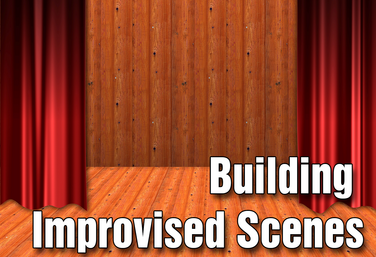
Part of the Middle School Curriculum
Unit Three: Building Improvised Scenes
by Lindsay Johnson
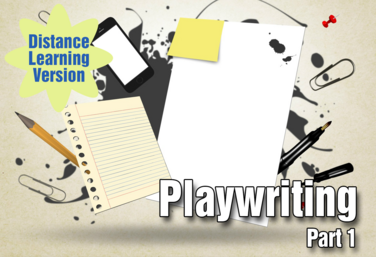
Part of the Distance Learning Curriculum
Playwriting: Part 1
by Lindsay Price
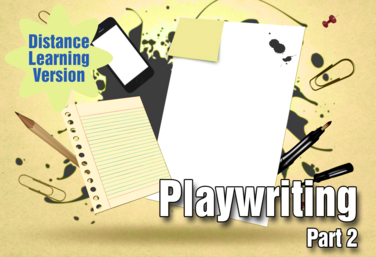
Part of the Distance Learning Curriculum
Playwriting: Part 2
by Lindsay Price
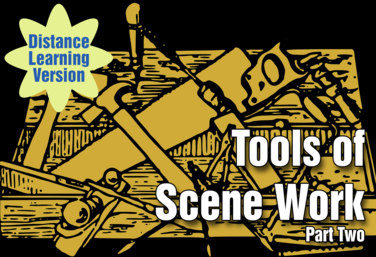
Part of the Distance Learning Curriculum
Scene Work: Part 2, Student Self Staging
by Lindsay Price
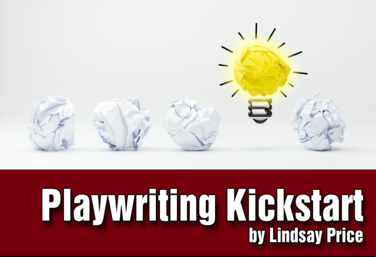
Playwriting Kickstart: Multi platform
by Lindsay Price
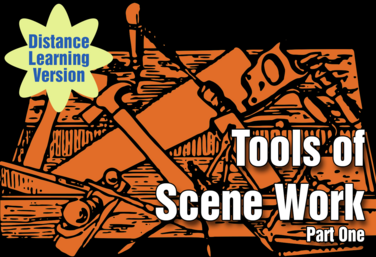
Part of the Distance Learning Curriculum
Scene Work: Part 1, Tools of Scene Work
by Lindsay Price
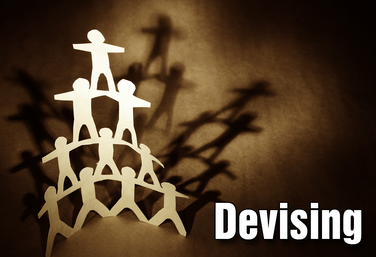
Part of the Drama Two Curriculum
Devising
by Corinna Rezzelle
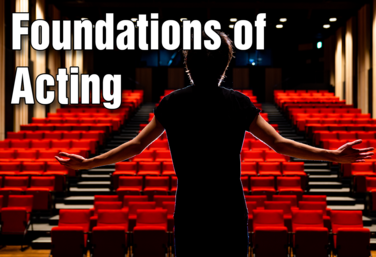
Foundations of Acting
by Annie Dragoo
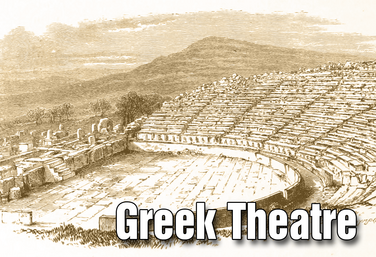
Part of the Drama One Curriculum
Ancient Greek Theatre
by Karen Loftus
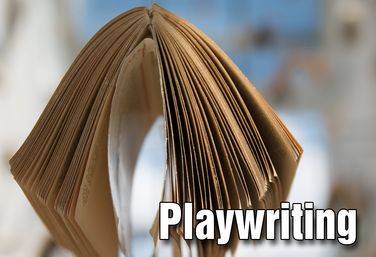
Part of the Drama One Curriculum
Playwriting
by Karen Loftus
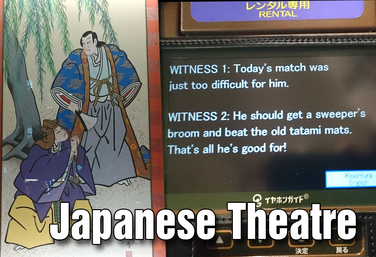
Part of the Drama One Curriculum
Japanese Theatre
by Karen Loftus
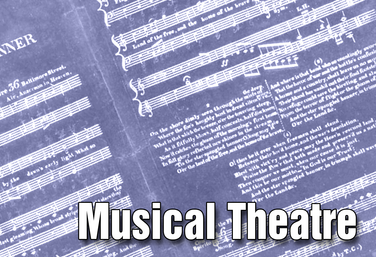
Musical Theatre
by Anna Porter
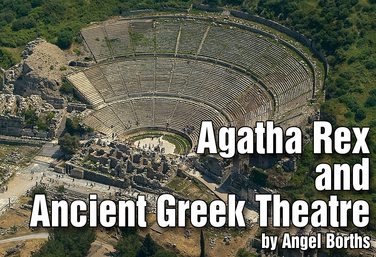
Agatha Rex and Ancient Greek Theatre
by Angel Borths
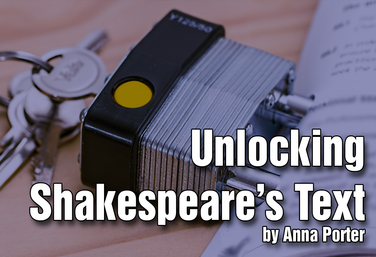
Unlocking Shakespeare's Text
by Anna Porter
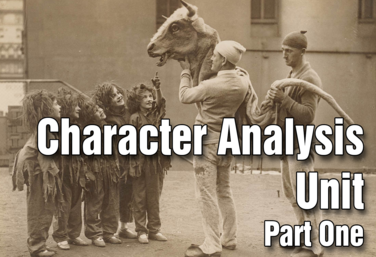
Part of the Drama Two Curriculum
Character Analysis - Part 1
by Matt Webster
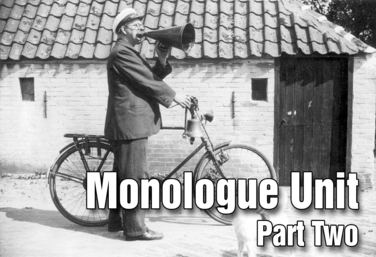
Part of the Drama Two Curriculum
Monologues - Part 2
by Matt Webster
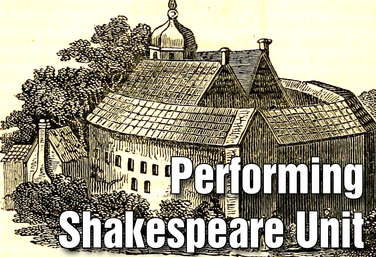
Part of the Drama Two Curriculum
Performing Shakespeare
by Matt Webster
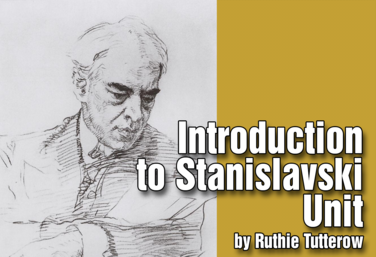
Introduction to Stanislavski
by Drama Teacher Academy
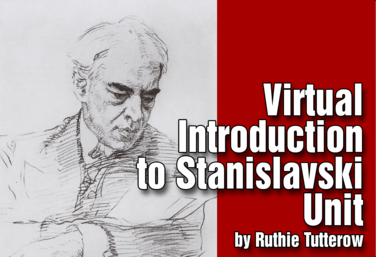
Virtual Introduction to Stanislavski
by Drama Teacher Academy
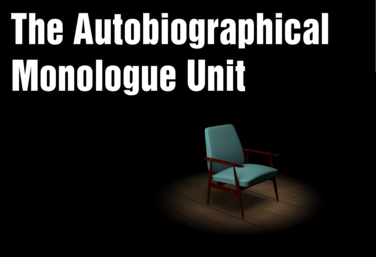
The Autobiographical Monologue
by Gai Jones
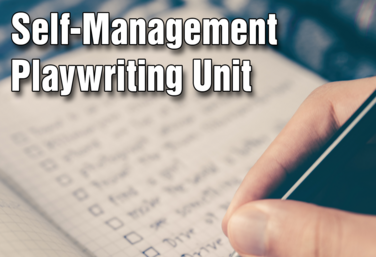
Self-Management Playwriting
by Lindsay Price
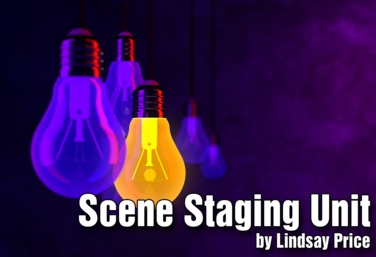
Scene Staging
by Lindsay Price
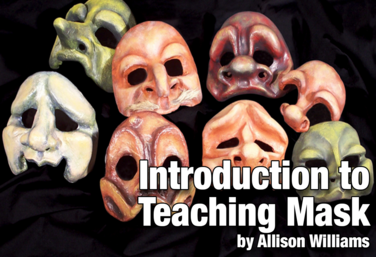
Introduction to Mask
by Allison Williams
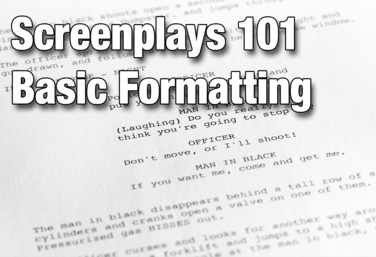
Screenplays 101: Basic Formatting Unit
by Nicholas Pappas
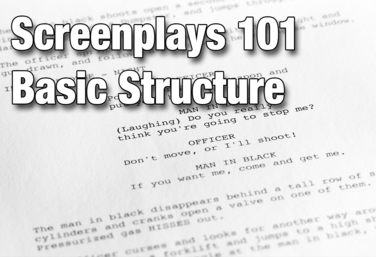
Screenplays 101: Basic Structure Unit
by Nicholas Pappas
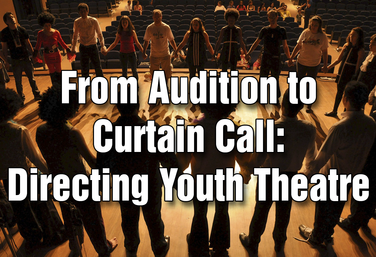
From Audition to Curtain Call: Directing Youth Theatre
by Steven Stack

Friendly Shakespeare
by Todd Espeland

The Top Ten Playwriting Exercises
by Lindsay Price
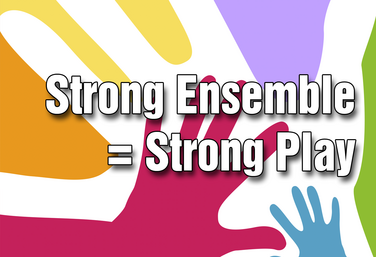
Strong Ensemble = Strong Play
by Craig Mason
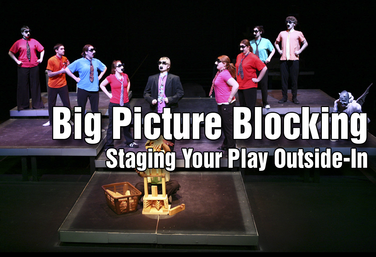
Big Picture Blocking: Staging Your Play Outside-In
by Todd Espeland

Working With Monologues For Rehearsal And Development
by Gai Jones
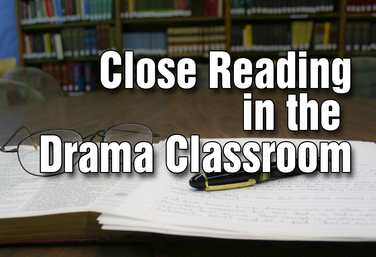
Close Reading in the Drama Classroom
by Lindsay Price
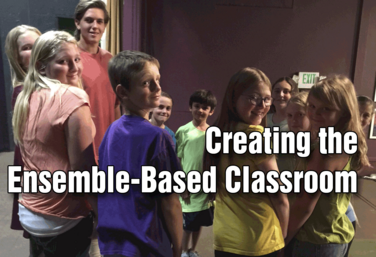
Creating the Ensemble-Based Classroom
by Gai Jones

The Production Classroom
by Karen Loftus
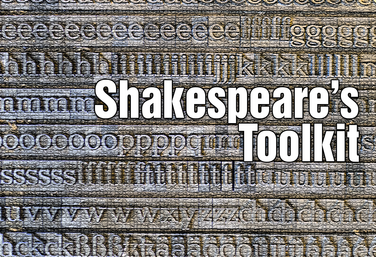.png)
Shakespeare's Toolkit
by Todd Espeland
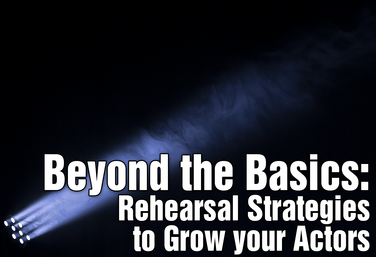
Beyond the Basics: Rehearsal Strategies to Grow Your Actors
by Julie Hartley

Director's Toolbox 2: Teaching Students to Direct
by James Van Leishout
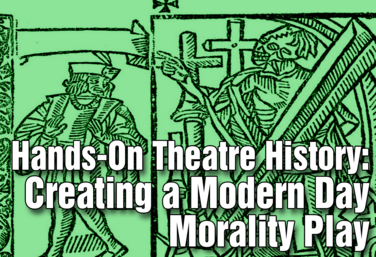
Hands-On Theatre History: Creating a Modern Day Morality Play
by Wendy-Marie Martin
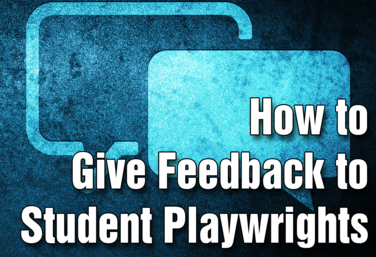
How to Give Feedback to Student Playwrights
by Nicholas Pappas
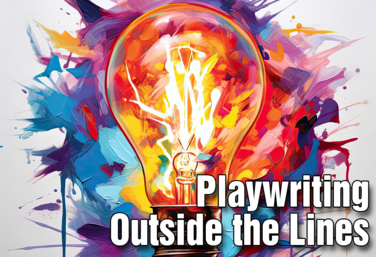
Playwriting Outside the Lines
by Steven Stack
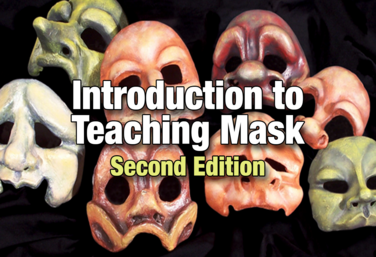
Introduction to Teaching Mask: 2nd Edition
by Allison Williams
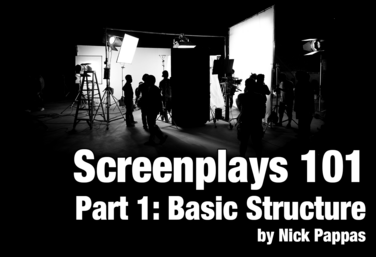
Screenplays 101 - Part 1: Basic Structure
by Nicholas Pappas
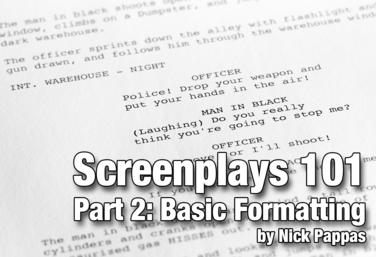
Screenplays 101 - Part 2: Basic Formatting
by Nicholas Pappas
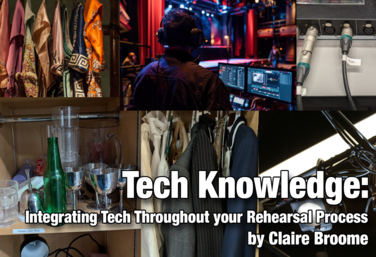
Tech Knowledge: Integrating Tech Throughout Your Rehearsal Process
by Claire Broome
View all Standards for Georgia Performance Standards - Theatre Arts Standards Master List